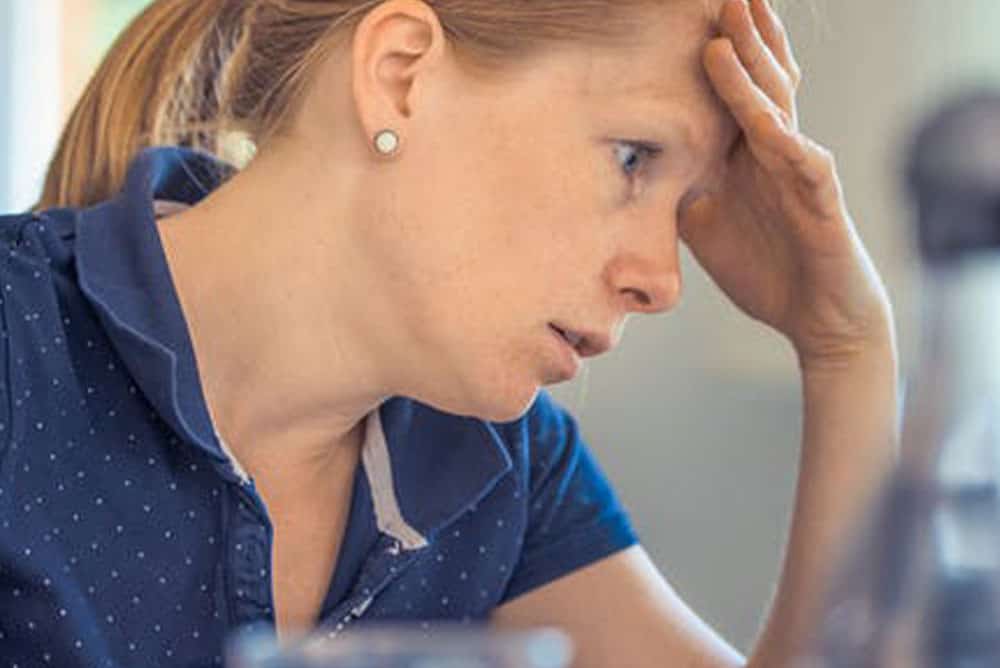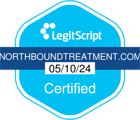In today’s society and health communities, it’s easy to feel overwhelmed by the plethora of different treatment options. We may wonder what treatment options are best for us and which we should take the time to try.
There’s medication, talk-therapy, supplements, meditation, and the list could go on and on. While no one method works for everyone, many are finding relief by tapping for anxiety.
When we’re in pain or feeling anxiety, it feels like we need to find a solution quickly! We generally want a solution that provides the quickest results and the most relief.
Sometimes feelings of discomfort, mental illness, and painful emotions are what can lead people to addictions. They use drugs and alcohol as a way to feel better, but then find that their “solution” has taken over their lives. This causes them more problems and pain which they then have to deal with, too.
There are no quick fixes, but there is a way to feel better and relieve your emotional and/or physical pain without the use of drugs and alcohol. Tapping for anxiety relief is one such way, and we’re going to guide you in learning all about this technique.
Read on to discover what tapping is, it’s scientific backing, and how to do it.
Tap Away: Tapping for Anxiety Relief
Tapping for anxiety and other problems is also known as the “Emotional Freedom Technique” or EFT. Tapping is thought to engage the meridian points through acupressure to balance the body’s energy. These meridian points are areas where energy flows through the body.
Acupressure is also used in acupuncture, some forms of stretching, and massage therapy.
When these points are stimulated, it’s also believed to send stress-relief signals to the part of your emotional brain. This part of the brain is responsible for the flight-or-fight response which can make us feel tense, anxious, and uncertain.
Stress relief isn’t just important for feeling better and more at ease, it’s also important for your body. Stress can impact your health and your vulnerability to certain diseases. Stress can also affect your well-being and your level of happiness and comfort in life.
History and Future of Tapping
Knowledge and practice regarding the meridian points have been present since ancient times. Chinese medicine discovered hundreds of meridian points, but the tapping technique zeroes in on nine.
The usefulness of tapping was discovered in the healthcare community in the 1980s. In the 1990s the official technique was created and has been used ever since.
Many people in traditional medicine do find tapping to be an impractical and unscientific tool. But, scientific institutions and traditional healthcare communities are being introduced to tapping techniques’ many benefits. Most notably because of scientific research and publications by institutions like Harvard Medical School, Walter Reed Military Medical Center, and Texas A&M University.
Who and What Does Tapping Help?
Tapping can help a broad range of conditions, feelings, and emotional discomfort. It can help with panic, PTSD, and depression. It can help anyone to soothe themselves and their emotions in many situations.
The best part is that tapping is completely free. And, you can learn how to do it in the comfort of your home. It also works for a wide range of people.
The 9 Tapping Points
There are nine tapping points you’ll focus on during a tapping sequence. While there is no specific order these points need to be tapped, it helps to have a pattern to follow.
The first tapping point is known as the karate chop. It’s located on the side of your hand opposite to your thumb. Next is the eyebrow point where your eyebrow and the bridge of your nose meet.
Then you’ll tap the outer side of the eye where you can feel the bone. Next is under the eye on the bone underneath where your iris rests when looking directly forward.
After that, you’ll tap directly under the nose and above your upper lip. Then is the chin point, where you’ll tap on the indented place on your chin.
Next is the collar bone and then under the arm. On the collar bone, you’ll use your entire hand to tap on your upper chest on the collar bone. Then, you’ll tap the under the arm point which is located about 4 inches under your armpit.
The last point is the center of the top of your head.
Putting it All Together
The full benefit of the Emotional Freedom Technique isn’t just in the tapping. It’s also in acknowledging what the problem is, how you feel, and creating a positive affirmation.
To start, you will create what is called a setup statement. This setup statement will identify the problem and affirm some positive aspect of yourself. It’s also important to use the words, “even though” when stating the problem.
For example, for tapping for anxiety relief your setup statement could be, “Even though I am experiencing anxiety about this meeting, I accept and love myself.”
Before you start tapping, rate how intense the anxiety feels on a scale from one to ten. Then using 2 to 4 fingers on the karate chop point and state your setup statement out loud three times.
You’ll tap on this point and the remaining points 3 to 7 times stating out loud your setup statement each time. For smaller points like your eyebrow point, feel free to use only two fingers to tap. For larger points like your collar bone, use your entire hand.
Once you’ve completed your first tapping sequence, rate your feelings again. Feel free to continue the same tapping sequence one to two more times until you feel less than a 2 on the intensity scale.
Give It a Try: Tapping for Anxiety
Tapping for anxiety may seem silly at first, but it’s a great tool that can help you to relieve your stress and tension. It can also help you to create more positive beliefs and soothe yourself.
Try to practice tapping for anxiety on a regular basis to see the best results. Many people have found long-term relief from as little as 6 one hour long sessions. However, any length of tapping can be beneficial if you continue to practice and notice if it’s helping to relieve your anxiety.
Want to learn more about coping techniques? Check out our blog post detailing common coping skills taught at our Northbound Addiction Treatment Centers in Orange County.










